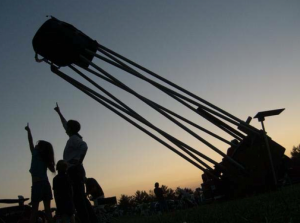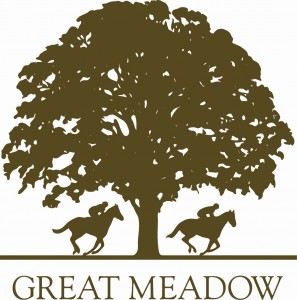
A nasty wintery mix of rain, sleet, freezing rain and/or snow tomorrow afternoon and evening isn’t suitable for telescopes, astronomers or the general public.
Hoping for Clear skies for future dates,
Tree Greenwood
Crockett Park Site Coordinator
Please read the C.M. Crockett Page for park details.

I’m cancelling public night. Great Meadow fields are soft already. The melting snow will make it worse.
When using the dirt roads to access our site, remember to try not veer off, causing damage and widening of the roads. We are grateful to be guests at Great Meadow so please don’t damage the facilities.
I would suggest using the VRE garage again for the collimation workshop. We should be able to do star tests from the top level with non-artificial stars!
Ray Young
Great Meadow site coordinator
See front page of NOVAC Site for changes to event.
More information about Great Meadow including directions and parking visit the Great Meadow Site page.

See front page of NOVAC Site for changes to event.
More information about Great Meadow including directions and parking visit the Great Meadow Site page.
The date (near March 21 in the northern hemisphere) when night and day are nearly the same length and Sun crosses the celestial equator (i.e., declination 0) moving northward. In the southern hemisphere, the vernal equinox corresponds to the center of the Sun crossing the celestial equator moving southward and occurs on the date of the northern autumnal equinox. The vernal equinox marks the first day of the season of spring.
If you live south of the equator, this is your Fall Equinox.
http://scienceworld.wolfram.com/astronomy/VernalEquinox.html
see http://cantonbecker.com/retrograde for details…

